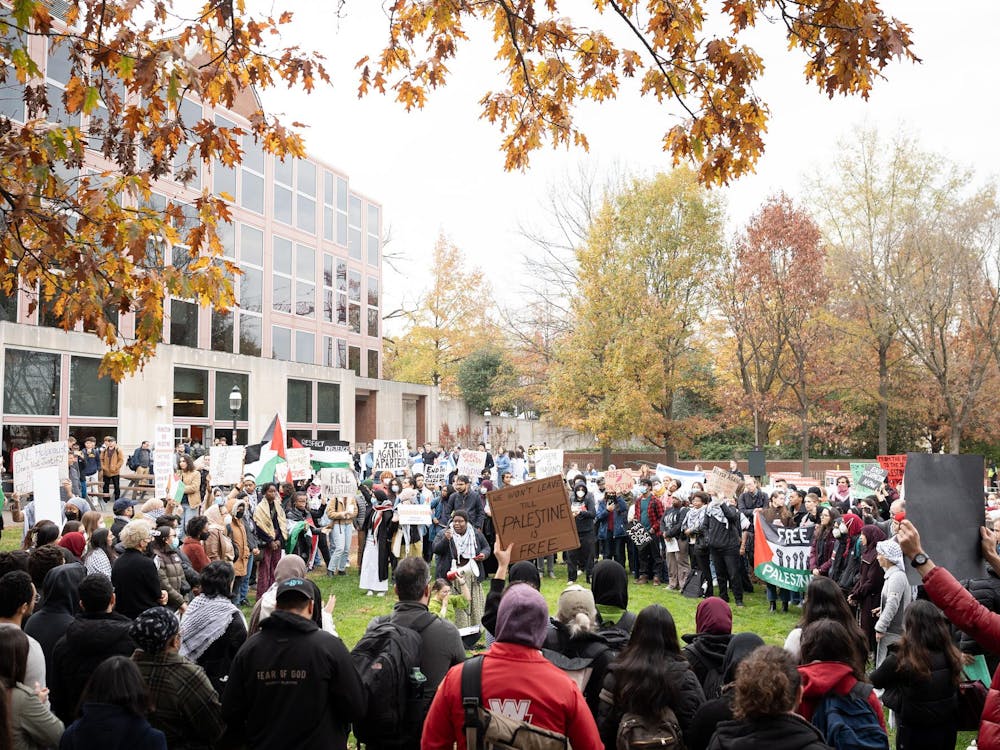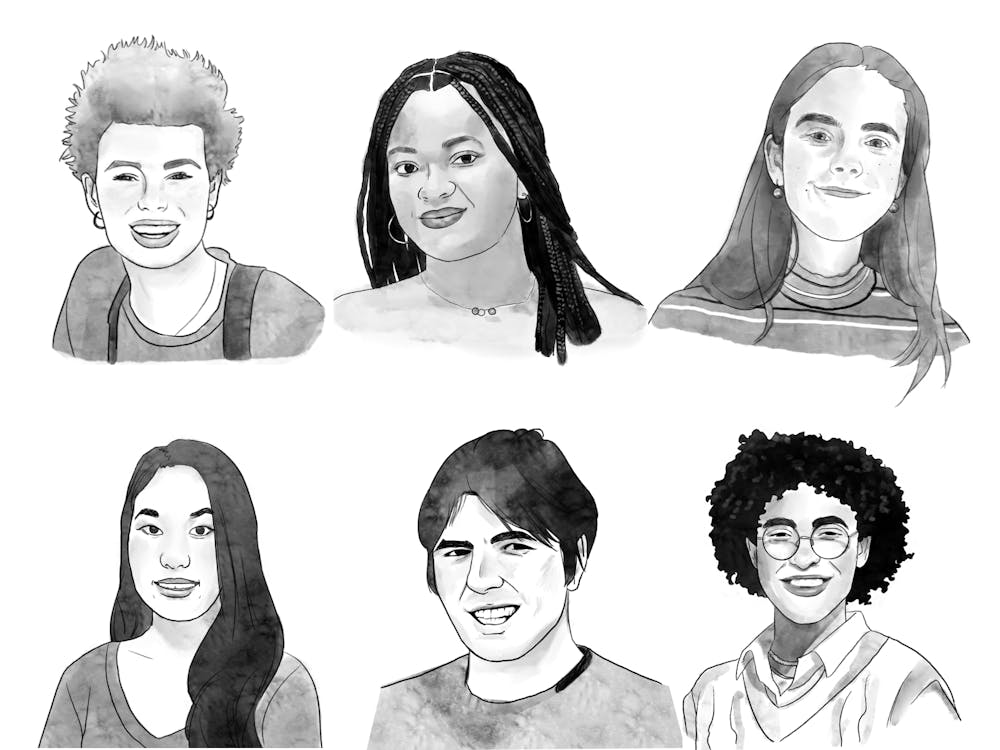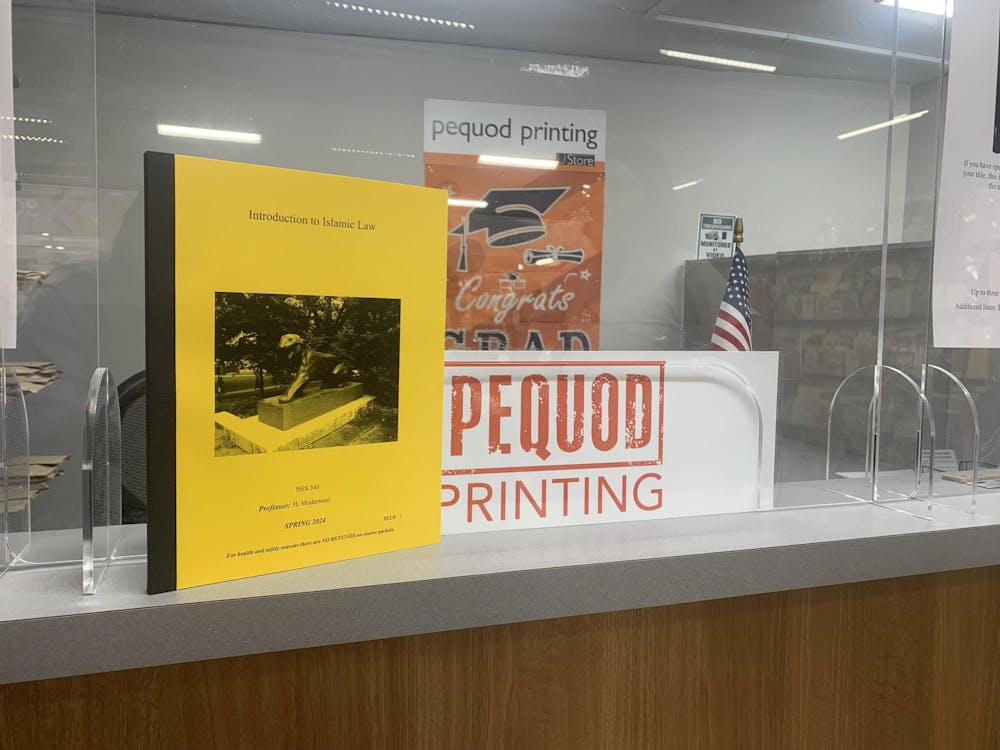Firestone Library has seen hundreds of Princeton seniors make themselves at home among its labyrinthine stacks as they race to finish their theses. It is undoubtedly the library that sees the most traffic at the University, and it has recently undergone extensive renovations to make the space a more welcoming one for students who spend much of their time holed up inside its walls. In the several months that I was writing my own thesis at Firestone, however, it was those very walls that made me feel most unwelcome.
There is in fact very little free wall space in Firestone, for most of it is covered with works of art, and it is specifically these works of art that are the problem. The paintings in Firestone are predominantly Western and painted by white artists. The room that is perhaps most offensive is the third floor Reading Room, which is objectively intimidating because of the many portraits peering down on one writing, but particularly unsettling to the person of color, given that all those depicted in these paintings are white and male.
I am aware that the reason why Firestone is filled to the brim with such homogenous art is that most of these works pertain in some way or another to Princeton’s history. The preservation of Princeton’s history has been the subject of many a debate lately; within Firestone the argument manifests itself in the preservation of the art on display. If the goal really is to preserve and feature the University’s history, why is there not more of an effort to include art that represents women and students of color? While minorities were not admitted to the University until the latter half of the last century, there are certainly notable moments in Princeton’s history and art that represent women and people of color. An example is the Frederick Douglass bust, which used to reside in Firestone and was moved to Stanhope Hall upon the establishment of the Center for African American Studies.
Admittedly, the library’s main objective is not to display art: Rather, it is to provide a diverse and extensive collection of resources. However, the need for more inclusive spaces on campus is becoming clearer and clearer as students begin to voice their dissatisfaction with the unwelcoming environment. Art is just one of the many manifestations of the white-male-centric atmosphere, and it is one of the ways in which we can work to improve the racial climate on our campus. This should not be a be a national headline-making change; rather, more diverse artwork should be considered an investment that the University can make in order to create a more inclusive atmosphere in a space where students spend so much of their time.
During one afternoon of thesis-writing in Firestone, I found myself in the African American Studies room. A small, windowless room tucked away at the very back of the B floor — that is the one place where I could find any people of color on the library’s walls. Despite (or perhaps as a result of) Firestone’s efforts to modernize itself to meet the needs of its current students, people of color have literally been marginalized to a single room in the basement. If we can focus on updating our carrels and writing tables to make students more comfortable, why is that we cannot update the art on our walls to make minority students feel more included?
I can only hope that I will be able to come back to my university at Reunions to find a campus no longer proliferated by homogenous and non-inclusive art, and for all spaces to feature diverse works of art: the new Arts & Transit neighborhood, the art museum, even Frist. But since Firestone is home to so many students through the year and is already in the midst of renovations, it is the best place to start.
Urvija Banerji '15 can be reached at urvijabanerji@gmail.com.








